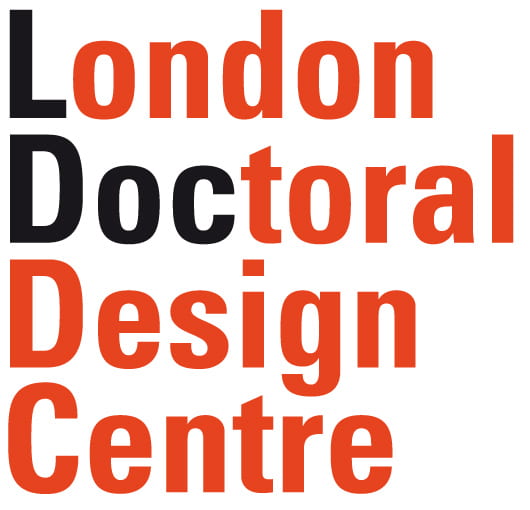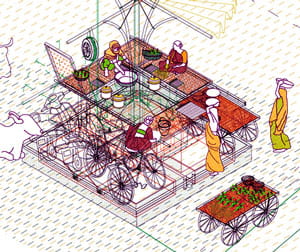[slideshow_deploy id=’295′]
“Supports for community life” proposes innovative instruments that can better describe and transform community life in the contemporary city. The urban fabric is revealed as a mechanism by which alternative ways of urban life emerge. The project concentrates on the hybrid conditions and technological supports, lying somewhere between the traditional and novel, that result in communities. Those place-making processes reshape the collective experience of the urban turn. These “Supports for community life” take the city as a space for interaction and mediation, where humankind lives and develops. The supports therefore aid, in a participatory way, in the building of our habitat. The first goal of this research project is to studythe urban objects, small-scale infrastructures, and vacant spaces that function as supports for collective living, and thus democratize public space in a renewed domestic dimension.
The supports themselves act as an appropriate and appropriable technology, taking into account the specificities of the place and local cultural sensibilities, and vary among different cities around the world. Technologies define the contexts of knowledge and create collective processes based on the principles of participation, democratization, resilience, inclusion, common intelligence, and accessibility. Accordingly, the transfer of innovation and technology plays an important role in social development by way of contributing to city growth.
As the world grows increasingly urban, so grows the imperative to fully comprehendsocial life in contemporary urbanity. Particularly global cities like London are at the heart of the debate over the renovation and common management of public spaces. But more than simply considering socio-spatial relations in the models of governance and organisation of global territories, this paper focuses on how urban supports articulate collective spaces in the city.
How can the urban operate as a constitutive dimension of community organising, that is, where do the scenarios exist for the citizens to find channels for their connection, consolidation and collective manifestation?
In this sense, London’s technological face opens itself up in three genres of configurations: URBAN OBJECTS, INFRASTRUCTURES, and VACANT SPACES that introduce unexpected dynamics within the consolidated urban fabric. These hybrid configurations that link structures, surfaces, objects and systems with emergent social practices offer alternative strategies of city co-production.
The research will decode and update these urban supports to create adaptable and appropriable micro-intervention prototypes that would function on the small-scale. By understanding and reproducing the city through design and urban action, the citizenry can benefit from previously untapped resources of social consciousness, self-management and organizing ability, creativity, team work, and dedication. In these terms, we could approach the ambitious question of the role of the Architect in the transition towards a more democratic urban development.

